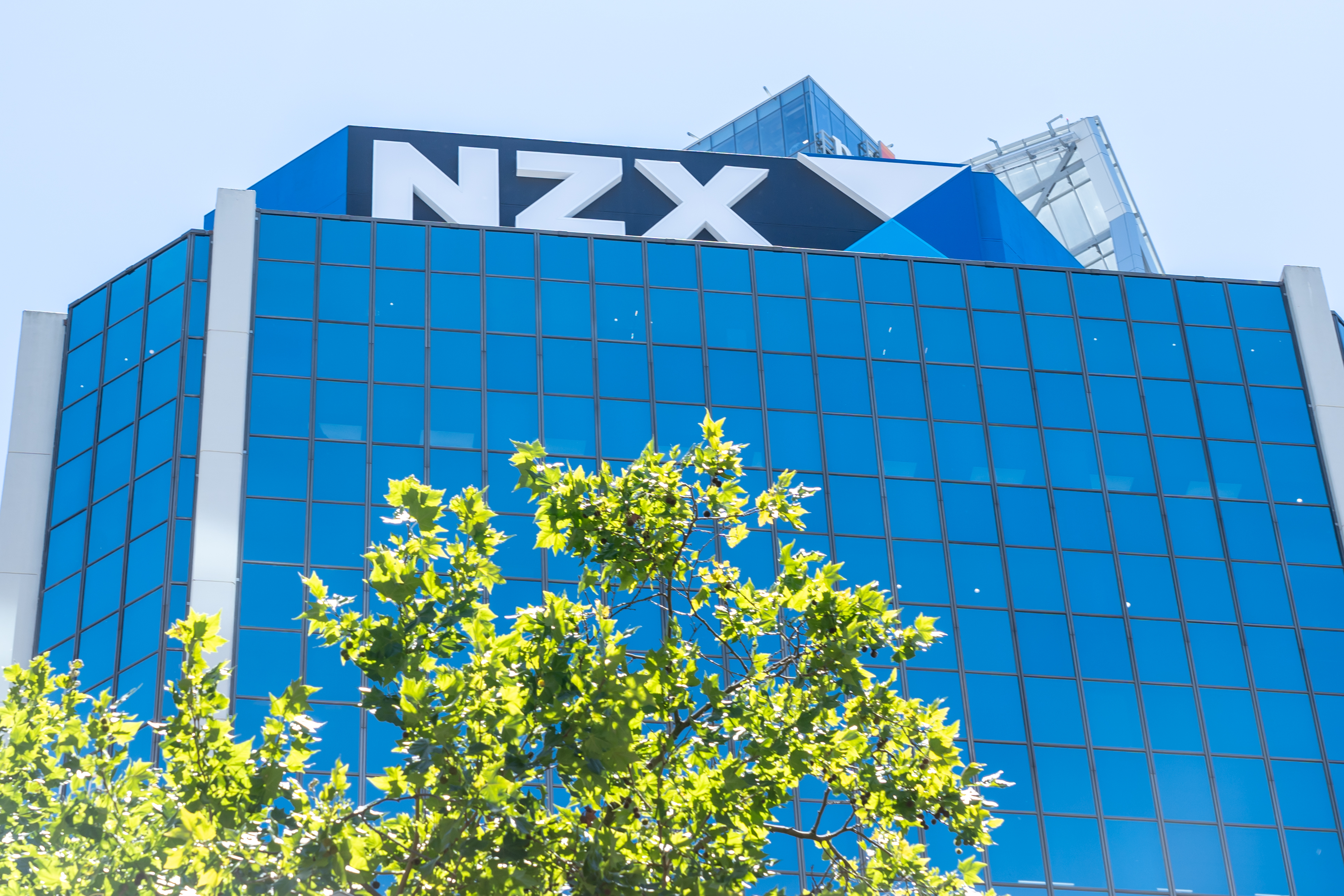NZX’s funds management fees are coming under greater competitive pressure and the share market operator has spent more on its wealth tech platform than it’s actually worth, according to Forsyth Barr analyst Ben Crozier.
Crozier also thinks investors have under-appreciated that over the last five years NZX’s earnings before interest, tax, depreciation and amortisation (ebitda) have shifted from 90% coming from capital markets to about 40% coming from funds management.
“With funds management generating lower returns, more cyclical earnings and higher competitive pressures, it represents a lower-multiple earnings stream,” he says.
He notes the emergence of other lower-priced KiwiSaver passive fund operators, such as Simplicity and Kernel Wealth, which have taken “meaningful share of the passive KiwiSaver market” and are putting pressure on the fees charged by NZX funds management division Smart.
“NZX’s fees are higher than other low-cost passive providers and there has been emerging signs of weakness in net FUM [funds under management] in its KiwiSaver product.”
Smart’s SuperLife KiwiSaver fund, one of the six default funds, accounts for less than 20% of its FUM but Crozier estimates it delivers about 40% of the division’s value.
“We view NZX’s KiwiSaver FUM as the most valuable, given the segment’s growth tailwinds and its ownership of a relatively sticky FUM relationship and its repackaging of Vanguard’s ETFs [exchange-traded funds] as the least valuable,” he says.
“Recently, NZX appears to have pursued a strategy of holding fees and protecting margins at the expense of any market share gains.”
Crozier notes that Simplicity cut its fees by four basis points, or 16%, in 2024, matching Kernel’s 25bp, making SuperLife’s 60bp fees appear expensive.
Simplicity now has more than $8 billion in FUM and Kernel recently passed $2 billion.
He values Smart at nine times its enterprise value to ebit ratio but notes that NZX shares are trading at about 23 times earnings – that compares with a PE ration of about 19 times before COVID.
ForBarr’s previous assumption was of 3.4% annual fee compression – compared with consensus 2.4% - but Crozier now thinks a 4% annual fall is more appropriate and notes that the trend since 2010 has been that KiwiSaver fees have fallen at about 4% a year and Vanguard’s at about 6% annually.
He also notes that Smart has a material dependence on Craigs and other intermediaries for which “it does not truly own the end FUM relationship” as well as slowing net inflows into the KiwiSaver product.
Crozier estimates that the wealth tech platform is worth between $30 million and $60 million compared with the about $70 million that NZX has invested in it.
Using the same multiples at which other similar businesses have sold at, including the two times revenue that NZX’s competitor Aegis was sold at in 2019, NZX’s wealth tech would be worth about $30 million, he says.
The wealth tech platform is expected to generate about $14 million in annual recurring revenue once it completes current onboardings and including all current contracts.
“A DCF [discounted cash flow valuation] of our wealth tech free cash flow less about 15% of NZX corporate costs and tax yields an about $60 million valuation,” he says.
But to justify the current NZX valuation, “we believe you need to prescribe nearly $100 million of value to wealth tech.”
Crozier sees potential for client losses in coming years and notes the NZ opportunity is limited by customer consolidation.
“The three largest NZ wealth management firms each have a subset of their funds under management with NZX. Given announced deals, we believe NZX is more likely to see a loss of FUA [funds under administration] from these three clients than an increase.”
In calendar 2024, operating earnings from funds management rose 16% to $22.5 million with revenue up 19% and costs jumping 22.5% and FUM at $13.5 billion.

![[TMM Podcast] Yelsa serves up “marine reserve” of property buyers](https://www.goodreturns.co.nz/pics/mike%20harvey.jpg)



 Search
Search
